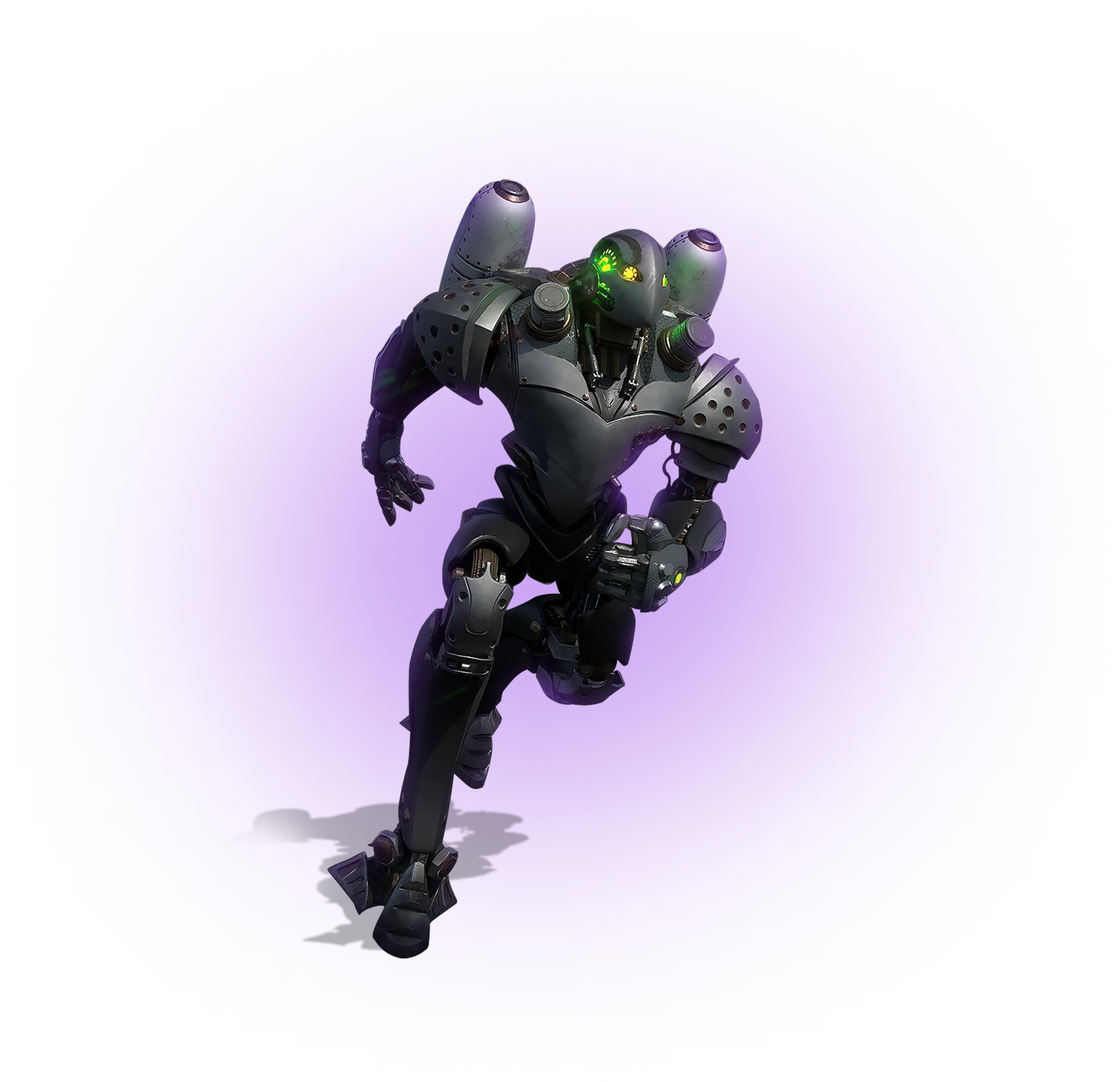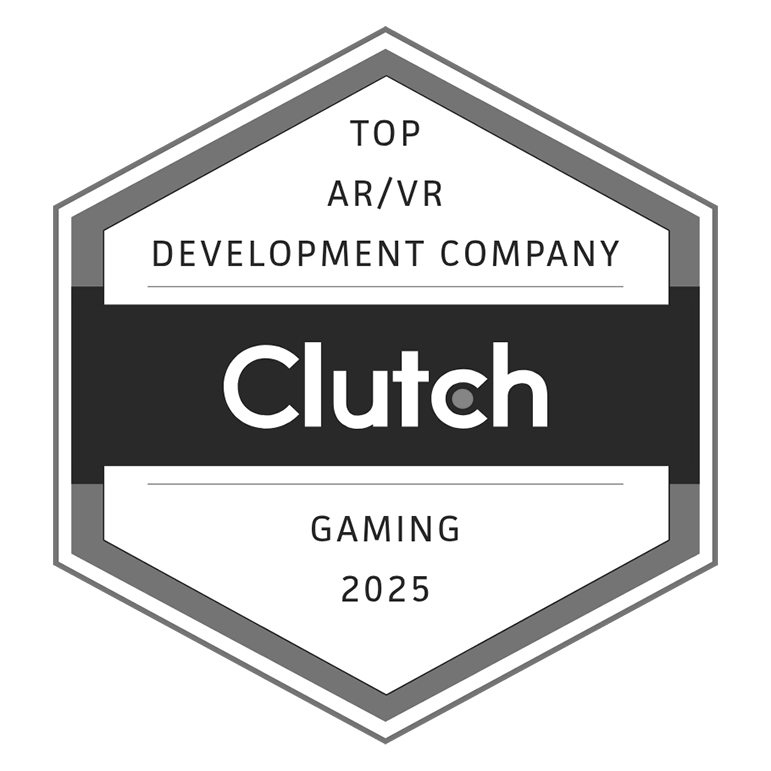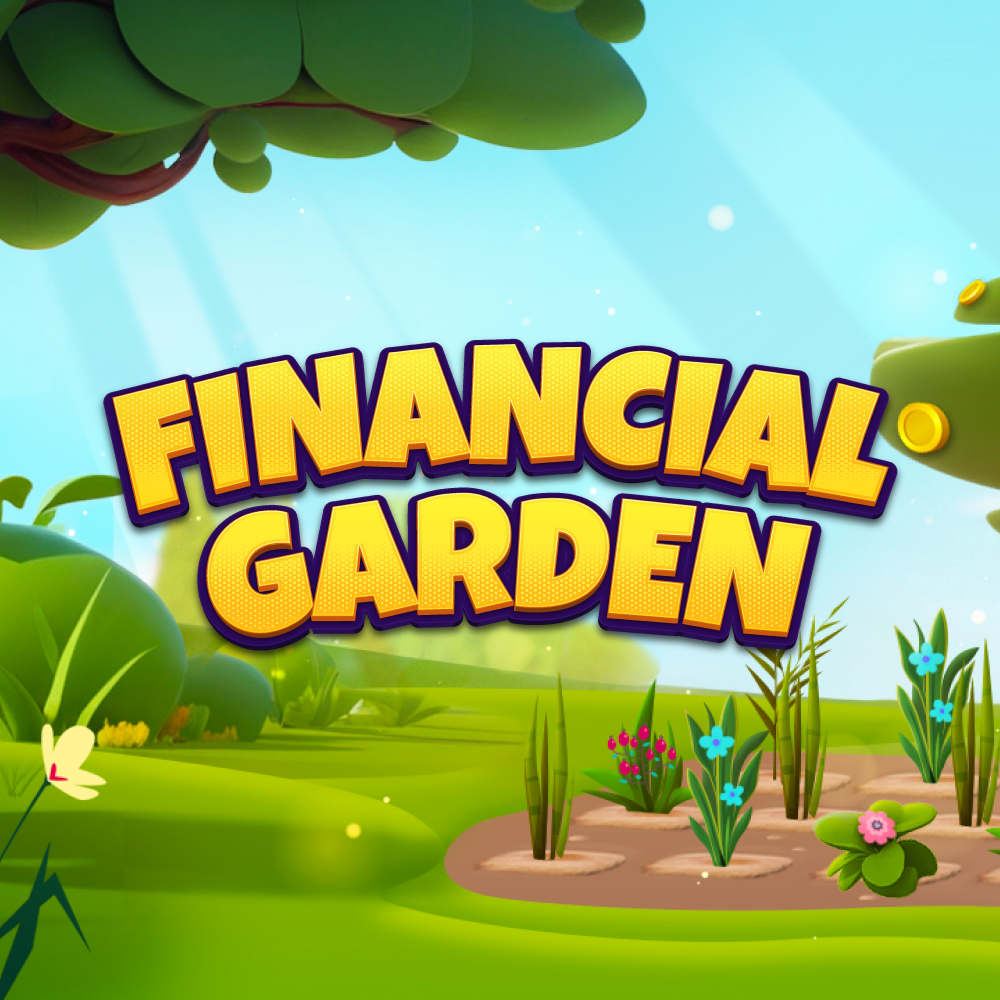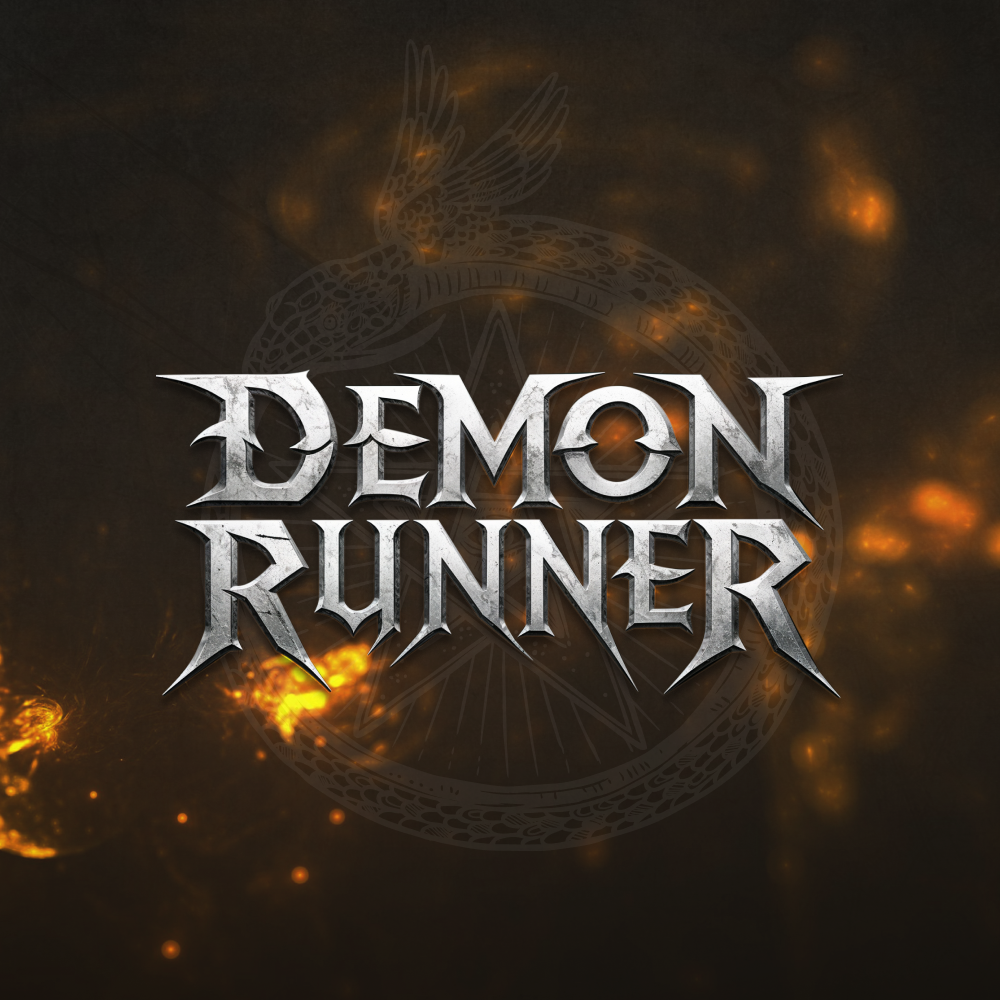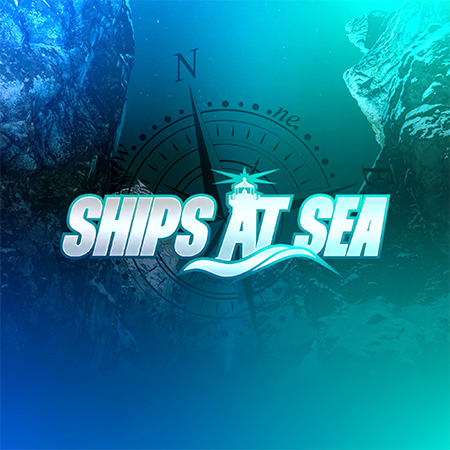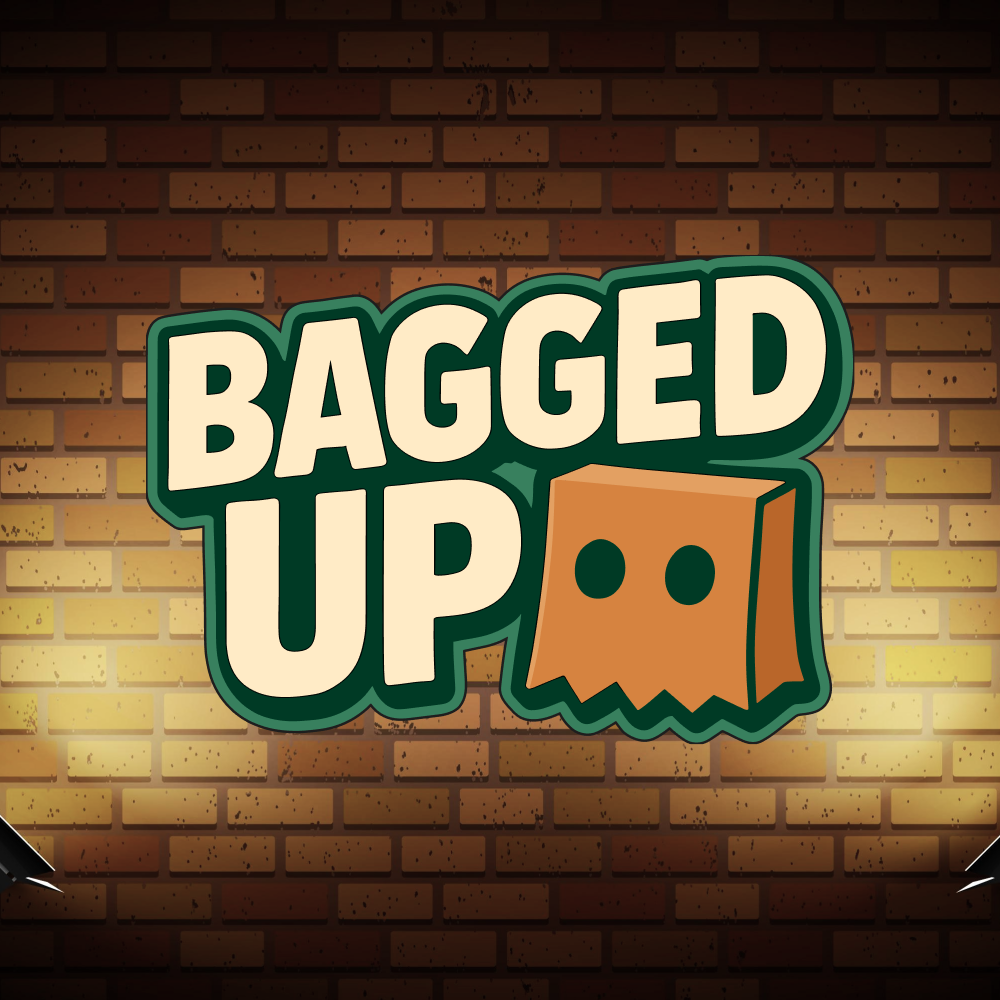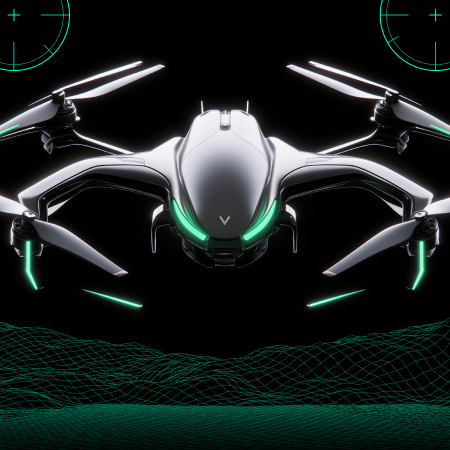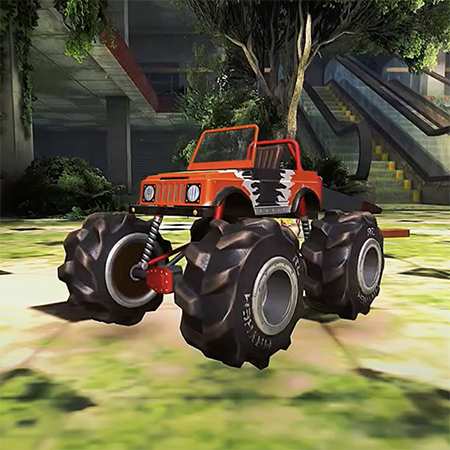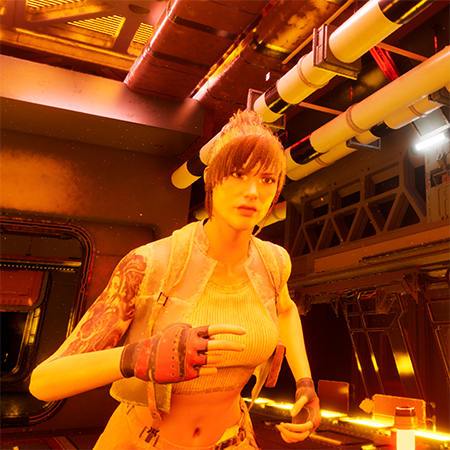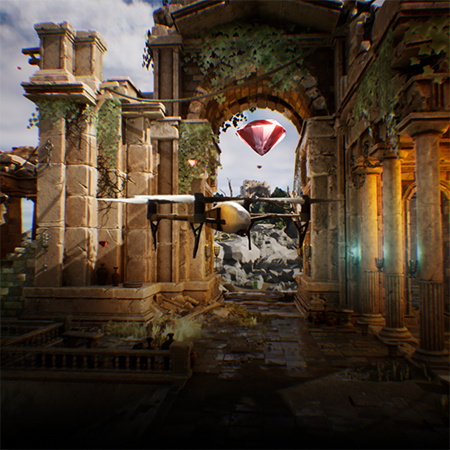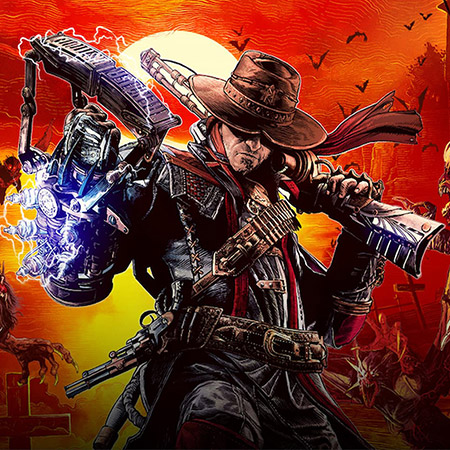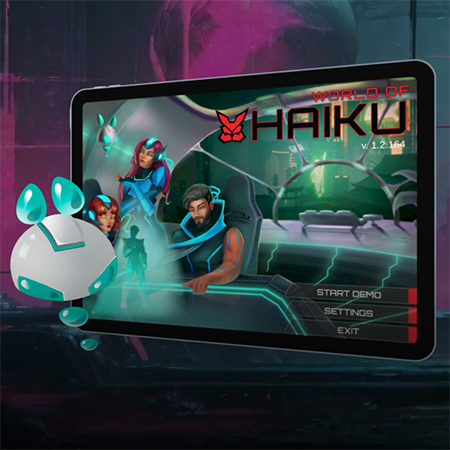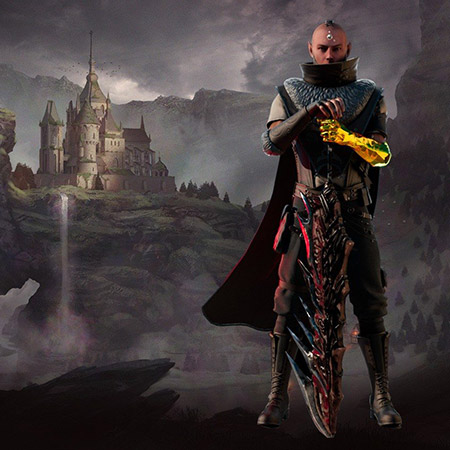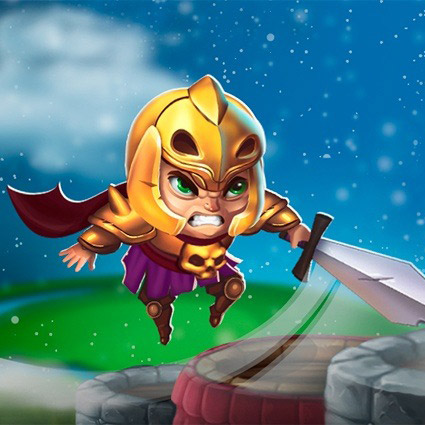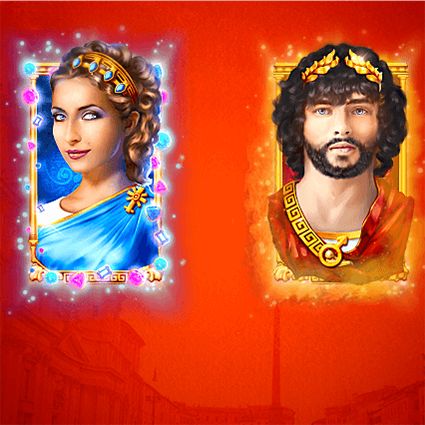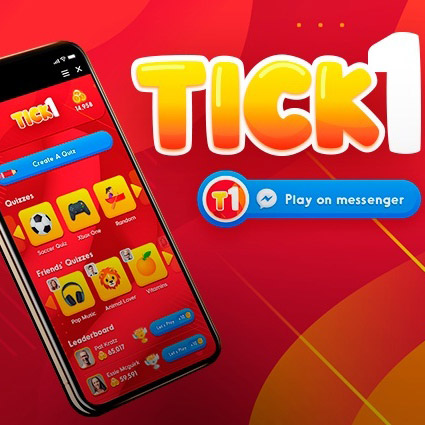Choosing the right Roblox game ideas determines how well your project performs after launch. The Roblox market grows quickly, and thousands of new experiences appear every week. To succeed, you need an idea that not only attracts players but also keeps them engaged long enough to generate stable income. Based on our experience, the most successful projects start with clear concepts that connect creative gameplay with measurable business results.
Developers who understand what motivates users build titles that gain traction faster. Our research demonstrates that players return to games offering freedom, progression, and competition. Even a simple structure can become profitable if designed with consistent engagement loops and smart monetization systems.
Creating strong game ideas for Roblox requires practical design thinking, not guesswork. You must identify what resonates with audiences and transform it into an interactive format that stands out from generic copies. In our professional work, we have found that successful Roblox game development depends on connecting innovation with accessibility, bringing the highest retention rates.
Why Fresh Roblox Game Ideas Matter

Every creator asks how to make a Roblox game that stands out among thousands already available. The answer begins with innovation. Players expect new mechanics, smoother controls, and themes that match current interests. Games that repeat outdated concepts lose attention fast. According to our internal analysis, fresh gameplay increases engagement rates by nearly 40%. Developers who adapt to changing trends reach larger audiences and improve monetization potential.
Creating new ideas also benefits long-term visibility. Roblox’s discovery system rewards creativity and player retention, pushing original games higher in rankings. A unique concept backed by strong design and updates grows faster and stays relevant longer.
How to Find a Winning Roblox Game Idea
Identifying the next successful concept requires structured observation and testing. Developers should analyze what works for top creators without copying them. Our expertise shows that the strongest ideas appear when creators study behavior patterns, community discussions, and gameplay analytics.
- Research current trends. Follow updates, player habits, and seasonal events to understand what attracts attention.
- Observe engagement metrics. Games with balanced difficulty, regular updates, and social mechanics sustain longer playtime.
- Test small prototypes. Simple versions reveal early feedback before investing heavily in full production.
- Build around emotions. Games that make players feel a sense of progress, competition, or discovery tend to perform better across all age groups.
When you hire roblox developers, choose professionals who combine technical skill with creative thinking. They can transform even simple mechanics into interactive features that retain users. Partner feedback demonstrates that collaboration between design and data experts consistently leads to stronger game performance.
The Anatomy of Good Roblox Game Ideas
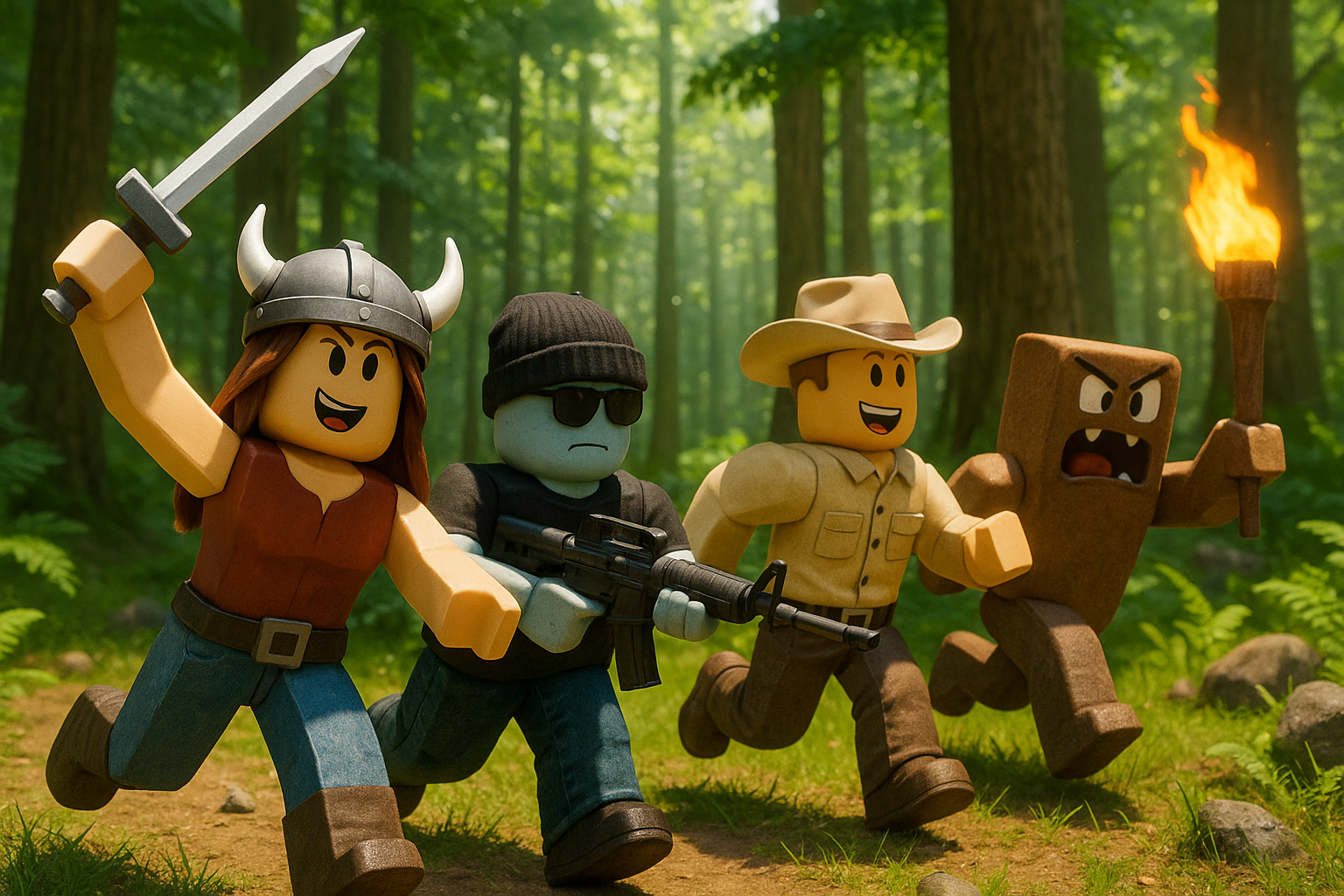
Every successful project begins with a clear structure that balances creativity and practicality. Developers often underestimate how much thoughtful planning impacts user satisfaction and revenue. Our benchmarking results indicate that games built around consistent interaction loops outperform visually complex but directionless projects.
- Simplicity matters. Straightforward controls help new players adapt faster.
- Motivation drives progress. Reward systems and upgrades keep players returning.
- Freedom builds engagement. Allowing customization and exploration encourages longer sessions.
- Updates maintain interest. Regular additions create a sense of evolution and reliability.
Good design also connects mechanics with storytelling. Even a minimal narrative gives context to actions and strengthens emotional attachment. Developers who understand their audience can identify which features deserve the most attention. From the projects we've delivered, it became clear that the best-performing titles grow from structured yet flexible planning, not from improvisation.
Find the best Roblox game ideas with us
Top Categories of Roblox Games Ideas
Developers who explore different genres often find the best foundation for growth. Each category in Roblox attracts a specific audience and opens unique monetization opportunities. The most profitable projects combine accessible gameplay with repeatable actions that motivate players to return on a daily basis.
Genre diversity also reduces creative burnout and encourages experimentation. Understanding which game types generate stable engagement helps you plan development and marketing more effectively.
Tycoon and Simulator Game Ideas for Roblox
Players want steady growth, visible milestones, and systems that feel worthwhile to upgrade, so use the following cues to shape your simulator loop:
- Business expansion. Start small, unlock new stations, and scale production so each upgrade clearly boosts earnings.
- Automation systems. Convert manual chores into automated lines that keep profits moving while players focus on strategy.
- Creative personalization. Offer layouts, color sets, and themed blueprints so every base feels uniquely owned.
- Visible progression. Add rank tiers, badges, and public leaderboards that showcase advancement to friends.
- Cooperative boosts. Let squads pool resources or link facilities for shared perks that encourage repeat sessions.
- Event spikes. Rotate limited-time contracts and seasonal bonuses to create short-term goals that refresh the grind.
Roblox simulation games perform best when upgrades change behavior, not only stats, so every purchase unlocks a new action, zone, or management choice that deepens the economy and keeps sessions productive.
Roleplay and Social Game Ideas for Roblox
Social play shines when identity, routine, and community intersect, so frame your RP world around the elements below:
- Detailed environments. Districts, interiors, and landmarks guide movement and create natural meeting spots.
- Character customization. Outfits, roles, and emotes enable players to express their mood and status without relying on complex systems.
- Daily routines. Short jobs, mini-quests, and payouts encourage bite-sized sessions that add up over time.
- Events and seasons. Weekly shows, school terms, or holiday arcs give reasons to return on a schedule.
- Economy and trading. Simple shops and safe barter rules turn social encounters into meaningful exchanges.
- Role permissions. Police, medics, teachers, or guild leaders gain tools that shape stories for everyone else.
Roleplay thrives when players co-create the experience, so prioritize tools that spark conversation, let groups plan activities, and make progress feel public and shareable.
Obby and Platforming Challenges
Obstacle-based games are easy to learn and quick to play, making them a favorite among both new and returning users. They reward persistence and skill without requiring complex systems. To create an engaging obby, keep the following points in mind:
- Gradual difficulty. Let players build confidence through simple jumps before introducing more complex patterns.
- Short sessions. Keep levels brief and fast-paced so users can replay them without losing momentum.
- Competitive play. Use leaderboards and personal timers to motivate improvement.
- Smooth controls. Focus on responsive physics and camera handling to reduce frustration.
- Visual variety. Change lighting, textures, or themes regularly to make each stage memorable.
Fans often cite Minecraft Runner in Roblox as an example of satisfying pacing. Developers who prioritize fairness and visual clarity achieve higher completion rates. Consistent updates, new challenges, and cooperative options, such as race modes, help maintain steady engagement.
Survival and Adventure Roblox Game Design Ideas
Survival and adventure genres appeal to players who enjoy exploration and teamwork. They combine the excitement of discovery with the satisfaction of steady progress. Building such a game requires a balance between risk, reward, and collaboration. When planning your concept, focus on these foundations:
- Resource collection. Make gathering food, tools, or minerals essential for progress.
- Shelter creation. Give players a reason to build and protect their base from natural or player-driven threats.
- Dynamic worlds. Include weather shifts, day-night cycles, and random events to make each session unique.
- Cooperative systems. Design missions or raids that require team strategy rather than solo play.
- Exploration rewards. Place hidden areas or valuable items across the map to motivate continued discovery.
Games like Booga Booga and The Survival Game demonstrate how teamwork and progression can transform simple survival into a long-term engaging experience. Players return when each session feels productive and discovery leads to meaningful outcomes.
Mini-Games and Party Competition Concepts
Players show up for quick wins and stay for variety and fair play, so shape your lineup with this practical guide:
- Short challenges. Rounds under three minutes keep energy high and encourage retries.
- Smart rotation. Shuffle maps and modes to keep patterns fresh without requiring extensive content work.
- Fair starts. Equal spawns and clear rules prevent early exits and blame.
- Simple mastery. One mechanic per round makes skill growth obvious and shareable.
- Social hooks. Squads, emotes, and quick rematches turn strangers into regulars.
- Playful rewards. Badges, trails, and titles celebrate progress without pay gates.
- Clear telegraphing. Obstacles are easily visible, allowing players to plan their moves instead of guessing.
- Gentle matchmaking. Newcomers meet peers first, with ranked ladders unlocked after early wins.
- Spectator moments. Cameras highlight clutch plays and keep parties entertained between rounds.
Add a light quest track that spans a week and nudges players across different modes. Live events every few weeks provide a spike and remind fans to return. Our benchmarking results indicate that clean input response matters more than exotic visuals for retention every day.
Horror and Mystery Roblox Games Ideas
Fear lands when curiosity, timing, and fair rules work together, so build your experience with this straightforward pattern:
- Atmosphere. Shape lighting, audio, and camera spacing so quiet moments carry weight.
- Clue trails. Scatter notes, symbols, and props that connect in ways players can piece together.
- Enemy logic. Predictable rules make threats readable and fair, even when outcomes feel scary.
- Shared runs. Coop paths allow friends to split tasks, coordinate, and discuss their stress.
- Safe pauses. Hubs and checkpoints protect progress and give room to plan the next move.
- Variant endings. Small choices change routes, collectibles, or final scenes to support replays.
Popular hits such as The Mimic and Apeirophobia prove that audio cues matter more than gore. Keep UI minimal, surface goals with clean markers, and log discoveries so players never feel lost. Practical experiments confirmed that steady difficulty ramps reduce quits during midgame chapters. Small content drops keep tension fresh without heavy production work cycles.
Vehicle and Combat Roblox Game Idea
Speed, control, and readable feedback carry every match, so tune your design with this focused checklist:
- Distinct classes. Cars, jets, and tanks fill separate roles so teams feel balanced.
- Readable physics. Acceleration, drift, and collision stay predictable across different frame rates.
- Loadout choice. Weapons and modules change tactics without overshadowing base skill.
- Tactical arenas. Lanes, cover, and height create routes for flanks and retreats.
- Clear damage. Audio, hit flashes, and concise widgets report status immediately.
- Matchmaking rules. New pilots meet peers first while ranked queues protect competitive play.
- Spawn fairness. Safe entry zones avoid immediate deaths and reduce frustration.
- End match clarity. Highlights, statistics, and brief recaps help players learn and queue up again.
Add a progression ribbon that unlocks cosmetics, map variants, and challenge tracks. Live events tied to new vehicles spark trials and keep veteran crews engaged. Many successful Roblox browser game projects show that responsive controls and clean camera work drive better session times than any single weapon or skin. Finally, strong audio layers make hits satisfying and significantly improve awareness during chaos, helping players stay immersed even during the most intense matches.
Niche Roblox Game Design Ideas with Growth Potential

Smaller niches on Roblox often turn into major trends when handled with focus and creativity. Developers who explore less crowded ideas face less competition and attract loyal audiences looking for something fresh.
From teaching skills to blending virtual and real spaces, niche genres open doors for long-term projects that grow steadily. Our experience shows that experimenting with emerging technologies or educational formats often leads to unexpected success.
Educational and Learning Experiences
Learning sticks when curiosity leads and rewards feel close at hand. Start with one clear skill per activity, layer gentle guidance, and let progress sparkle through tiny wins. After confidence rises, invite small groups and teachers into the loop so practice turns social and measurable. Successful Roblox educational games prove that play-first design teaches more than long lectures, so shape your build like this:
- Clear goals. Focus each task on a single skill and track progress with a simple meter.
- Gentle coaching. Offer hints after a few misses, not penalties that stall momentum.
- Quick wins. Celebrate small steps with badges, stickers, or memorable unlock sounds.
- Team puzzles. Let pairs solve timed tasks and share the payout to boost cooperation.
- Teacher's view. Provide a lightweight dashboard for time on task and accuracy trends.
- Skill tiers. Adjust difficulty automatically so confidence grows without boredom.
- Sandbox labs. Provide a safe space to try out ideas, save results, and compare approaches.
Parents value clarity, and teachers need structure, so keep instructions clear, provide surface-level tips when they are helpful, and map every task to a labeled skill. Proven in real-world scenarios, short daily streaks outperform long marathons, which means ten focused minutes can move the needle more than an hour of unfocused play.
Ultimately, tie badges to curriculum topics, rotate weekend challenges that encourage group study, and keep visuals warm and readable, so younger players stay comfortable while older players still feel respected.
AI-Driven and Adaptive Roblox Experiences
Personalization works when it feels fair, helpful, and explained. Start small by reacting to pace and preference, then expand only after patterns show up in play. Trust grows when players see why difficulty shifted and how it helps them, not when systems act in secret. With a few well-chosen signals and gentle guidance, adaptive design turns short sessions into longer, more satisfying runs:
- Fair scaling. Nudge enemy speed or puzzle depth based on recent results.
- Learning foes. Change tactics when players repeat the same route or tool.
- Fresh layouts. Generate rooms and missions so runs never feel identical.
- Playstyle tags. Spot explorers or brawlers and suggest fitting side paths.
- Context talk. Let NPC lines reference actions from the last few minutes.
- Smart queues. Seat newcomers with peers first and unlock ranked later.
- Hint timing. Offer help after a brief struggle, not at the first stumble.
- Soft goals. Surface optional aims that match current interests.
Close the loop with a short summary screen that highlights one improvement and one suggested goal. Players read it, feel understood, and queue again. Teams get cleaner data, designers tune faster, and everyone wins time back.
AR/VR-Compatible Roblox Games
Comfort, clarity, and social presence carry immersive play. Onboarding works best when it teaches one motion at a time, confirms success with gentle audio and haptics, and maintains steady frame pacing from the first minute. Friends should be able to join across devices without friction, which means headset features must pair seamlessly with standard controls. Popular Roblox VR games show that readable spaces and simple menus keep people relaxed and willing to explore:
- Clear scale. Size rooms and props so distance and height read instantly.
- Natural input. Map grabbing, pointing, and pushing are simple hand actions.
- Comfort moves. Offer smooth and snap locomotion plus seated and standing modes.
- Cross-play access. Let screen players join sessions with headset users.
- Stable frames. Maintain a steady frame time to reduce fatigue and motion sickness.
- Proximity chat. Fade voices with distance to ground teamwork in space.
- Short chapters. Design ten-minute scenes that stack into longer arcs.
- Simple menus. Use large icons, clear states, and minimal layers.
End each session with a gentle recap that confirms progress, suggests a short next goal, and places the player near friends. People return when the world feels welcoming, movement feels natural, and success looks and sounds great without clutter.
Common Pitfalls in Roblox Game Design
- Overcomplication. Stuffing in too many unfinished systems confuses players and hides the fun loop they came to repeat.
- Weak onboarding. Long tutorials and vague goals push new users away before they learn a single satisfying action.
- Ignoring feedback. Dismissing comments, ratings, and session data blocks fixes that would raise retention in days, not months.
- Poor pacing. Sudden difficulty spikes or empty stretches break the flow and cause early exits during the first session.
- Cluttered UI. Tiny text, noisy icons, and hidden buttons slow decisions and make simple tasks feel like work.
- Unoptimized performance. Heavy assets, large maps, and script spikes create lag on common devices and kill repeat play.
- Monetization pressure. Paywalls for core progress erode trust; cosmetic-first offers keep choice with the player.
- Shallow progression. Rewards that stop evolving after the first hour drain motivation and flatten session length.
- Unfair matchmaking. Veterans farming newcomers turns early games into losses that few players try to recover from.
- Sparse updates. Long gaps without events or goals signal abandonment and send your audience to the next release.
How to Evaluate Your Roblox Game Concept

Every strong game begins with a reality check. Start by identifying the player type your idea serves: competitor, explorer, builder, or storyteller. Then measure the core loop: what players do, why they do it, and what rewards keep them coming back. A clear loop means you already understand your audience.
Our research demonstrates that prototypes with quick feedback cycles reveal weak spots more quickly than those with lengthy preproduction. Testing with a small focus group, even friends, often exposes friction that internal teams overlook. Data from retention charts and playtime analytics should guide decisions, not opinions. Evaluate balance, clarity, and visual flow before investing in art or expansions.
Check how the concept performs on both mobile and desktop since Roblox traffic splits heavily between them. Once early testers finish a round, ask what they remember most and what they would remove first. Their answers usually reveal the real shape of your game. Iteration guided by honest data will always outlast guesswork and trends.
Designing for Monetization Without Breaking Immersion
Players reward games that respect their time, not ones that chase quick sales. Monetization on Roblox should grow from engagement, not interrupt it. Cosmetic items, extra levels, or timed boosts can enhance the experience if they feel like optional perks instead of obstacles.
Developers who hide their progress behind paywalls quickly lose trust. According to our internal analysis, games with transparent pricing and visible value retain users three times longer than those that rely on aggressive sales tactics. Keep the interface clean, introduce purchases through natural milestones, and clearly display the benefits of every item.
Collaboration features, such as co-op passes or group bonuses, create organic revenue because they enhance social play rather than distract from it. Always test the balance between free and premium users to ensure both feel equally respected. But how much does it cost to make a Roblox game the range varies by complexity, but even small projects benefit when investment goes into polish and replayability rather than excessive monetization systems.
How to Turn Roblox Game Ideas into Playable Products
Turning an idea into a working Roblox game starts with clear documentation and a small prototype. Write down what players will do in their first five minutes, what they earn, and what keeps them returning. Once the loop is defined, build a minimal version in Roblox Studio and test it privately. Use quick sprints to validate mechanics before adding visuals or monetization.
Our experience shows that early public playtests bring stronger insights than long internal reviews. Gather real user reactions, record completion times, and fix friction points right away. When the core works smoothly, expand features and polish interfaces. Keep code modular so that updates and events can be added without requiring rework of the base.
Collaboration is also key — artists, scriptwriters, and UI designers must align on scale, tone, and target device early in the production process. The most reliable teams treat release as the midpoint, not the finish line. Regular patches, analytics, and communication with players turn a simple concept into a sustainable, evolving product that grows with its audience.
Building Roblox Games That Last with Game-Ace
Game-Ace, a custom game development company, transforms creative Roblox concepts into stable, scalable experiences that engage players for years. Our developers handle the full cycle, from design and scripting to optimization and live service support, ensuring every release runs flawlessly across platforms.
Drawing from years of practice, we craft systems that are easy to expand, monetize fairly, and maintain after launch. If your goal is to create a standout Roblox title with consistent growth, our team is ready to help you plan, build, and support it long term. Contact us today to discuss your project and start shaping a game that players will keep returning to.
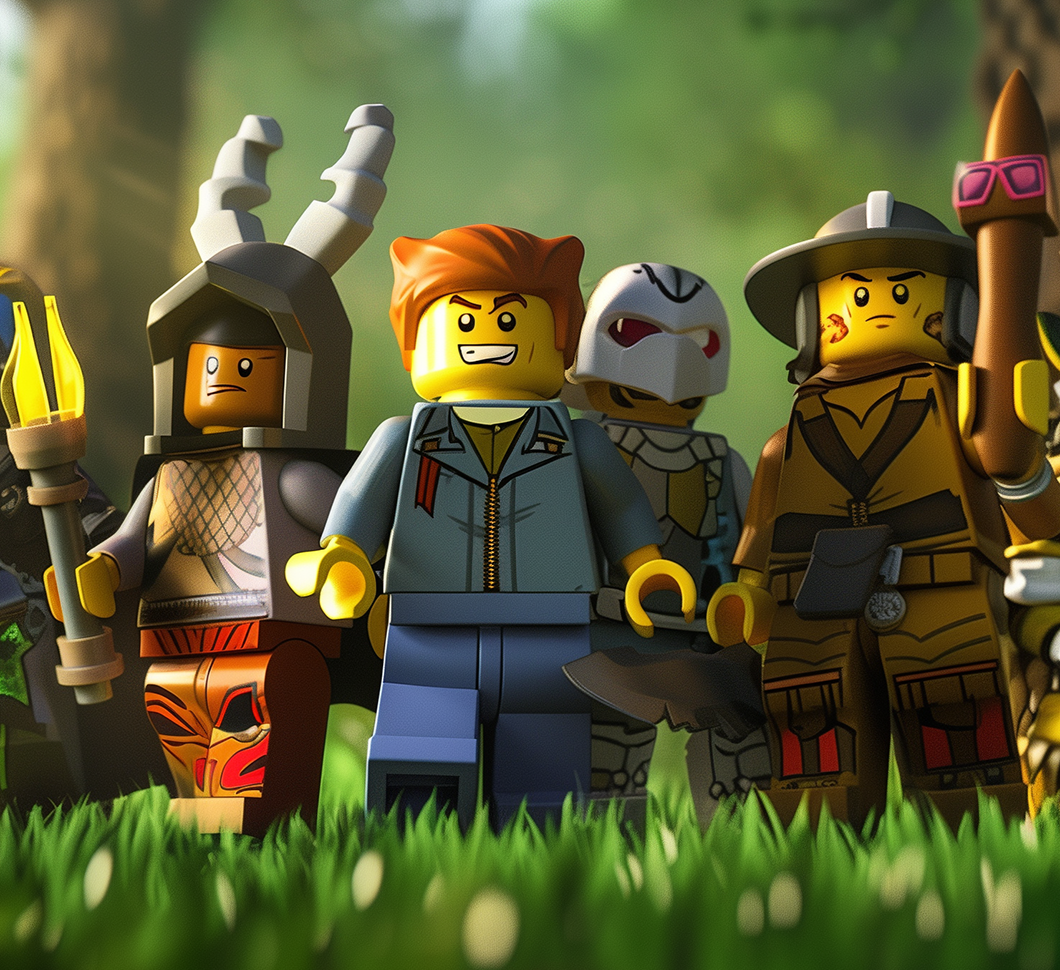 Roblox Trends in Gaming that Shape the Next Wave of Digital Engagement
Roblox Trends in Gaming that Shape the Next Wave of Digital Engagement  How to Hire the Best Roblox Game Developer for High-Impact Projects
How to Hire the Best Roblox Game Developer for High-Impact Projects 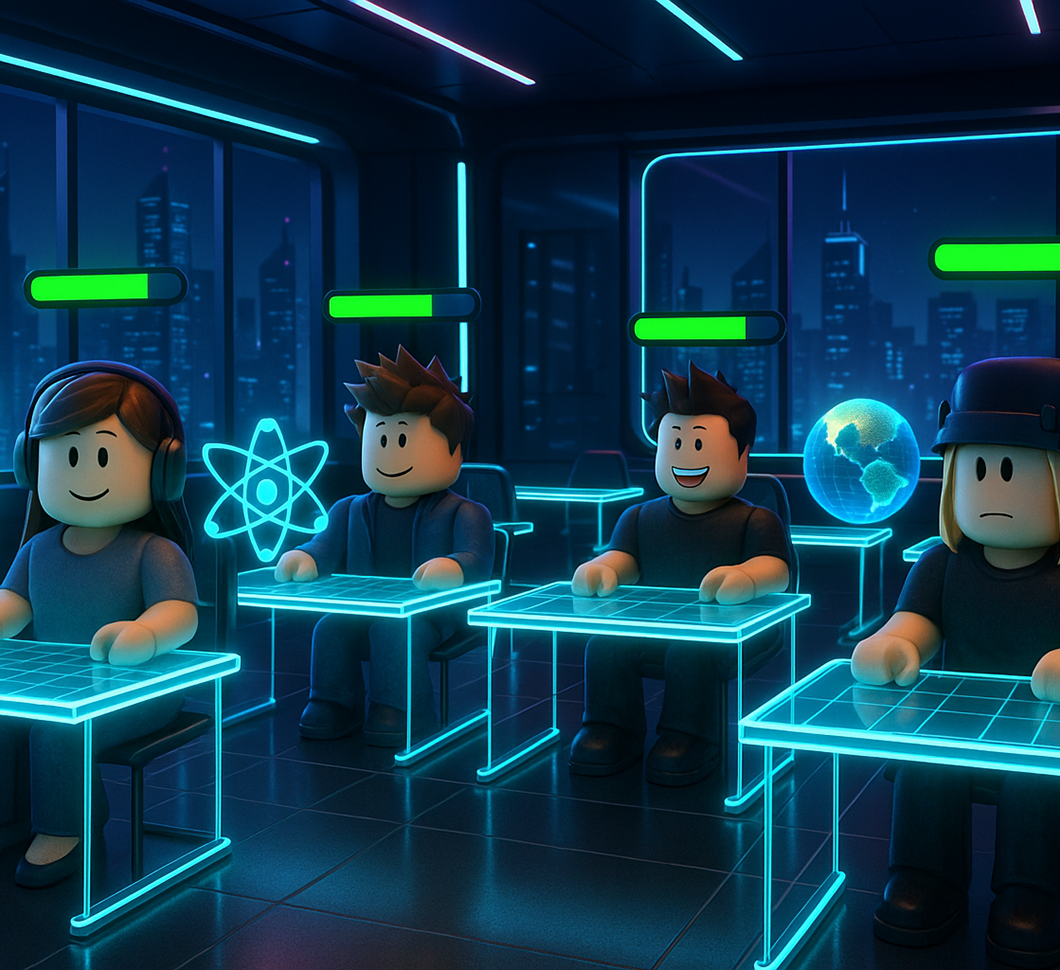 Roblox — Play-to-Learn Gamified Education
Roblox — Play-to-Learn Gamified Education 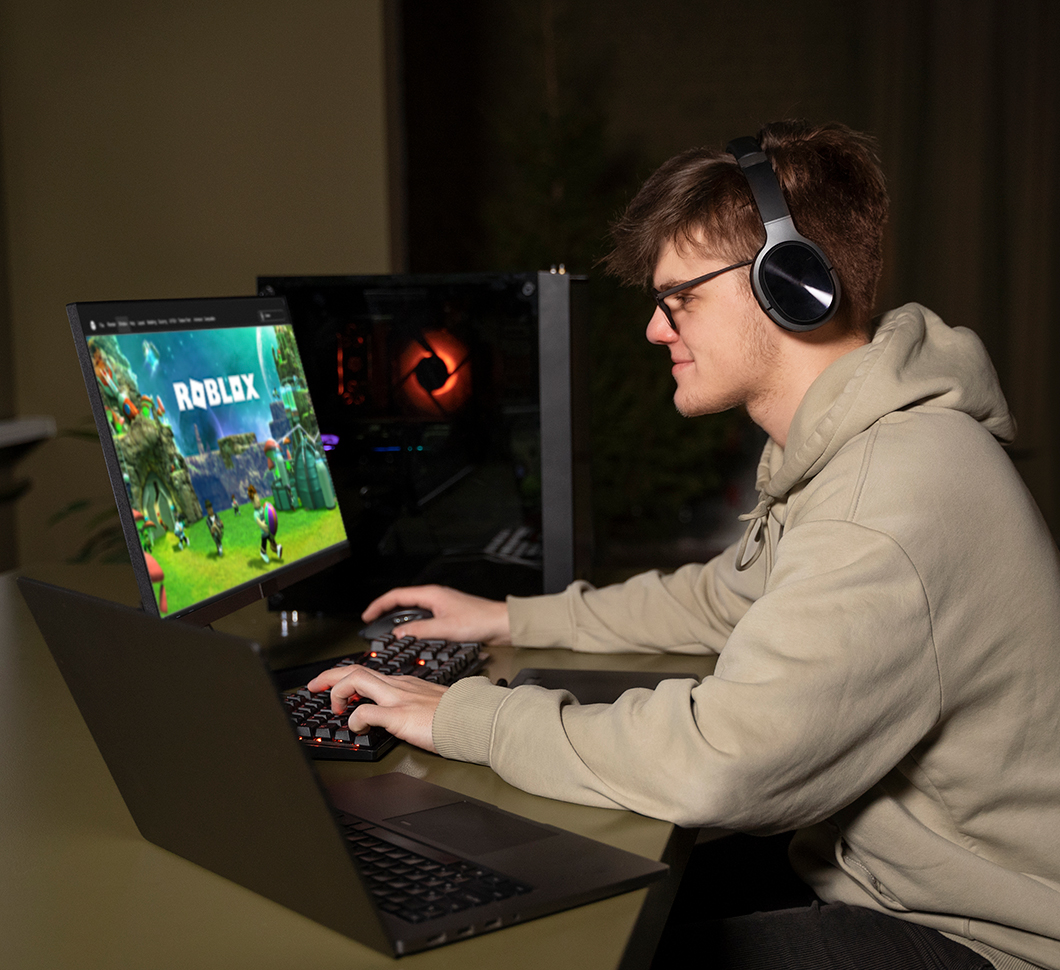 A True Roblox Browser Game: Why It's More Than Just a Kid's Pastime
A True Roblox Browser Game: Why It's More Than Just a Kid's Pastime  Roblox VR Games Are Booming. Here’s How to Ride the Wave
Roblox VR Games Are Booming. Here’s How to Ride the Wave 